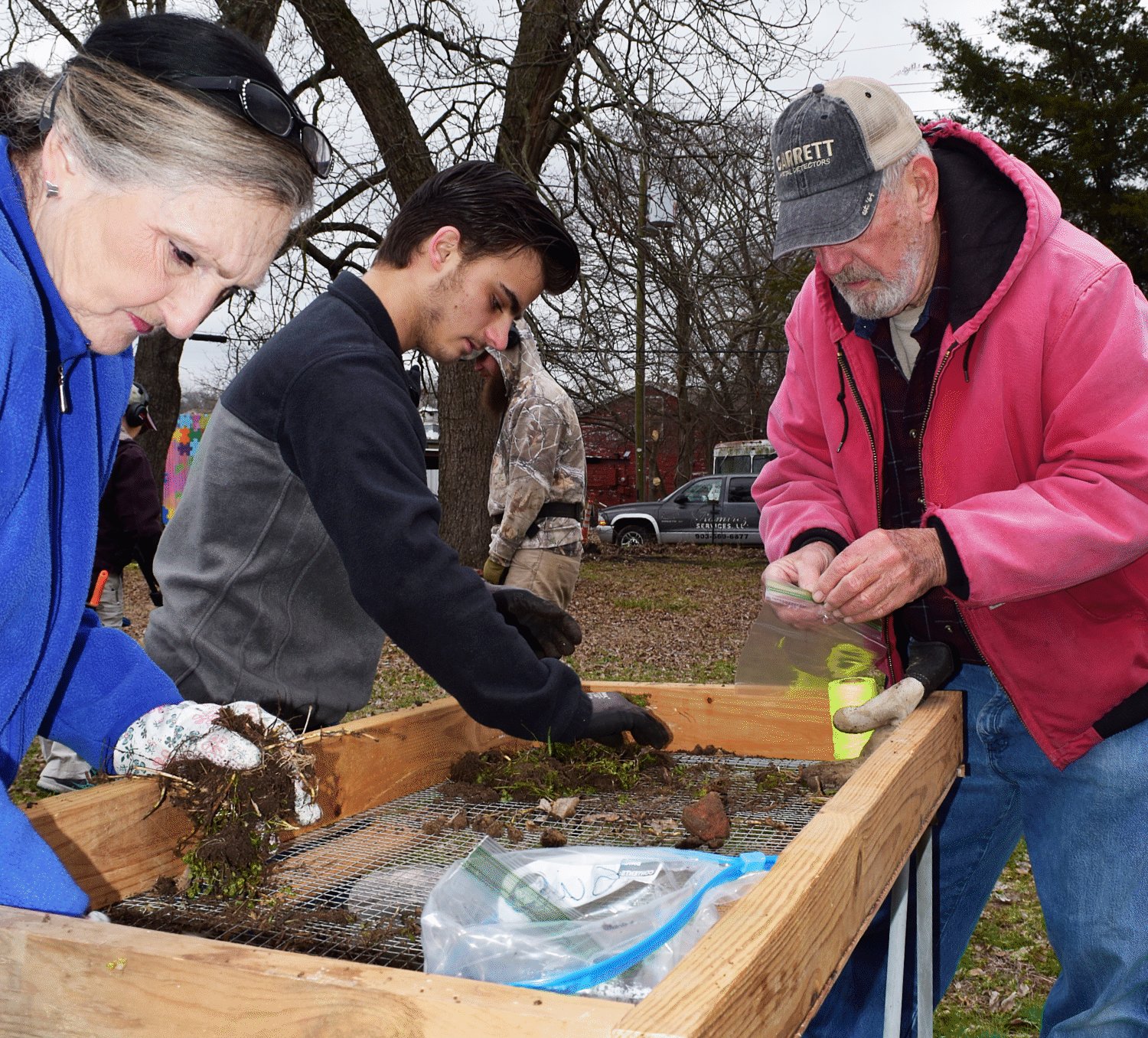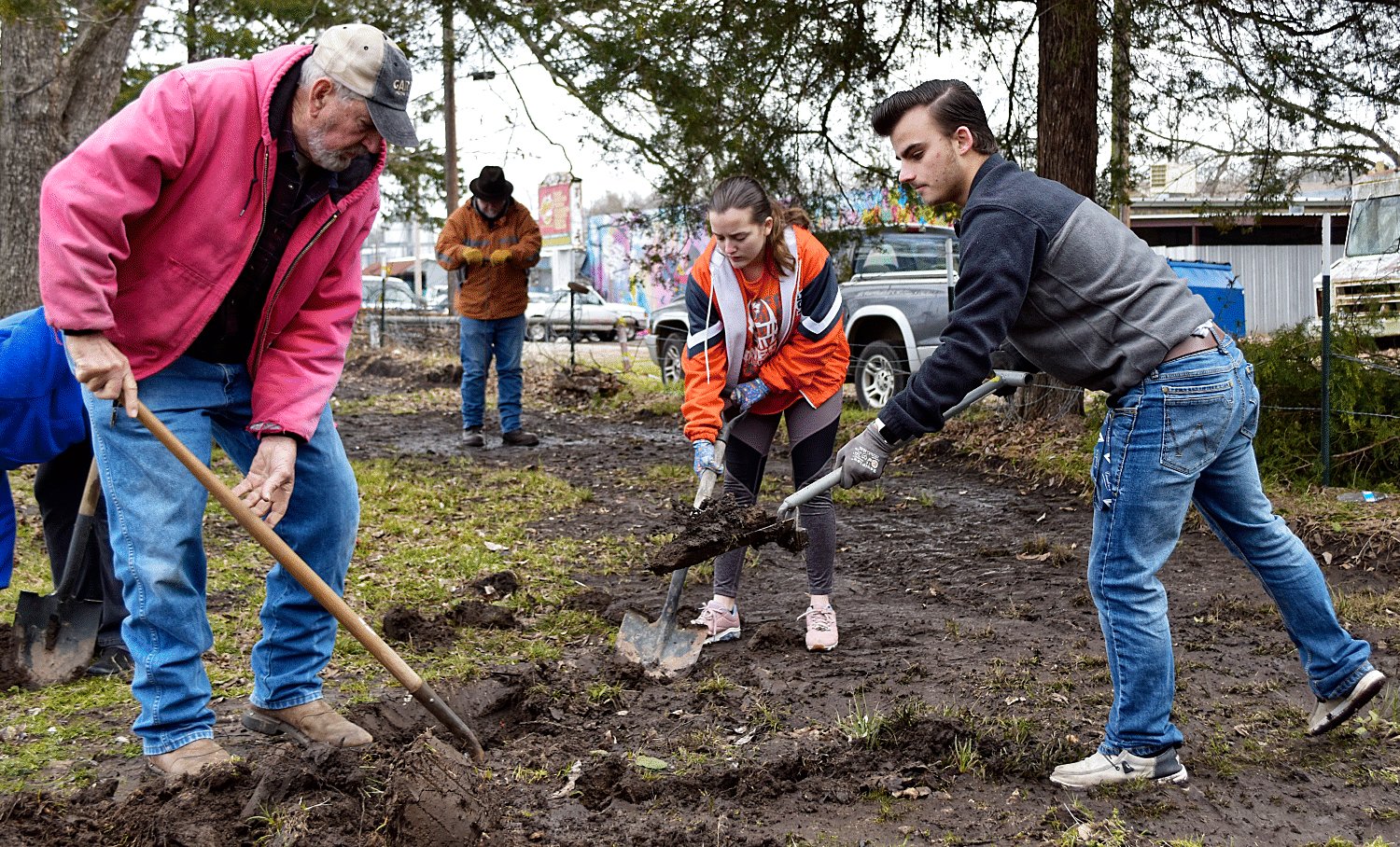Digging into history – old hotel site explored
publisher@wood.cm
Archaeology is 90% heat, cold, poison ivy, ticks, chiggers, snakes and boredom.
The rest makes it all worthwhile.
This item is available in full to subscribers.
Attention subscribers
To continue reading, you will need to either log in to your subscriber account, or purchase a new subscription.
If you are a current print subscriber, you can set up a free website account and connect your subscription to it by clicking here.
If you are a digital subscriber with an active, online-only subscription then you already have an account here. Just reset your password if you've not yet logged in to your account on this new site.
Otherwise, click here to view your options for subscribing.
Please log in to continue |
Digging into history – old hotel site explored
Archaeology is 90% heat, cold, poison ivy, ticks, chiggers, snakes and boredom.
The rest makes it all worthwhile.
Those are some of the lessons imparted by local archaeologist Floyd Kent Saturday morning in an impromptu dig at the site of the old Bailey Hotel/Wilson House due south of the Mineola Amtrak train depot on Front St.
A couple members of the Mineola Junior Historians were among the benefactors of Kent’s advice and counsel.
The Golden resident has participated in a variety of historical digs all over the country.
While Saturday’s was more of a treasurer hunt than a properly executed historical dig, he did explain the methodology of learning about history by finding what’s been left in the ground.
The site is not ideal, he said, because after the building was razed 20 or more years ago, it was scraped with a bulldozer.
That left a lot of brick and mortar pieces with no significant value.
But some of the bricks that once faced the hotels were also discovered, known as Ginger bricks that were made at a plant in the Ginger community between Alba and Emory.
At least one find was clearly not historical – a 2001 quarter.
In addition to setting up a grid for digging and sifting, Kent also demonstrated probing with long, metal rods that yielded what appeared to be a trash site just under the surface that held numerous shards of dinnerware and glass.
Several metal detectors also took part and came across a variety of metal objects.
The dig was organized by Mineola Mayor Jane Lankford and retired Mineola teacher Joyce Williams who serves on the Mineola Landmark Commission and the Wood County Historical Commission.
As participants made their way through the small grid Kent had set up, he noted, “In real archaeology you have to take the top off to get to the good stuff.”
Each layer is removed and sifted to see what the dirt might yield.
In a true dig, each grid would be measured, located on a map of the area and notes made of each item found.
Once completed, a report of the dig would allow the reader to know exactly what happened at the location.
Kent gave as an example the site of the Gen. George Custer battle at the Little Big Horn.
By looking at the pattern of the incoming bullets found, archaeologists were able to pinpoint the location of Custer’s Last Stand as he and his troops were surrounded by Native Americans.
The original hotel on the Mineola site was built in 1896 followed by the Bailey Hotel in 1913. It later became the Carlton Hotel and then the Wilson house.
Using old Sanborn insurance maps assisted in the exploration as it showed the locations of the hotel laundry, kitchen, wagon shed and a cistern, as well as a possible outhouse.
The lot is now owned by the city with plans for additional downtown parking.









